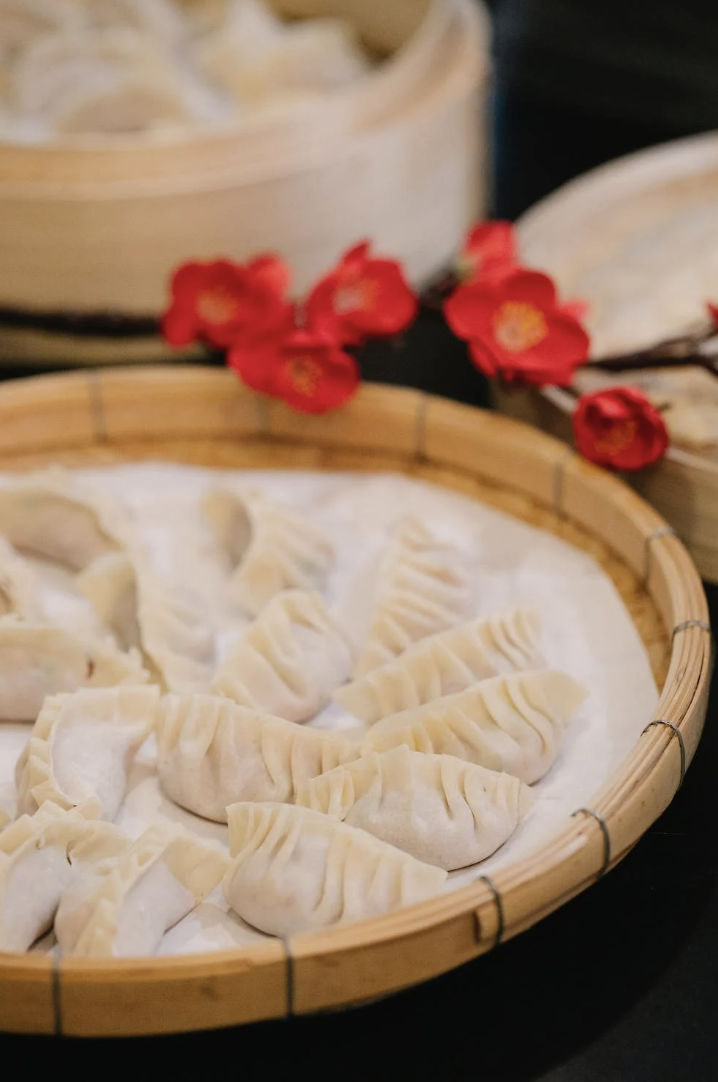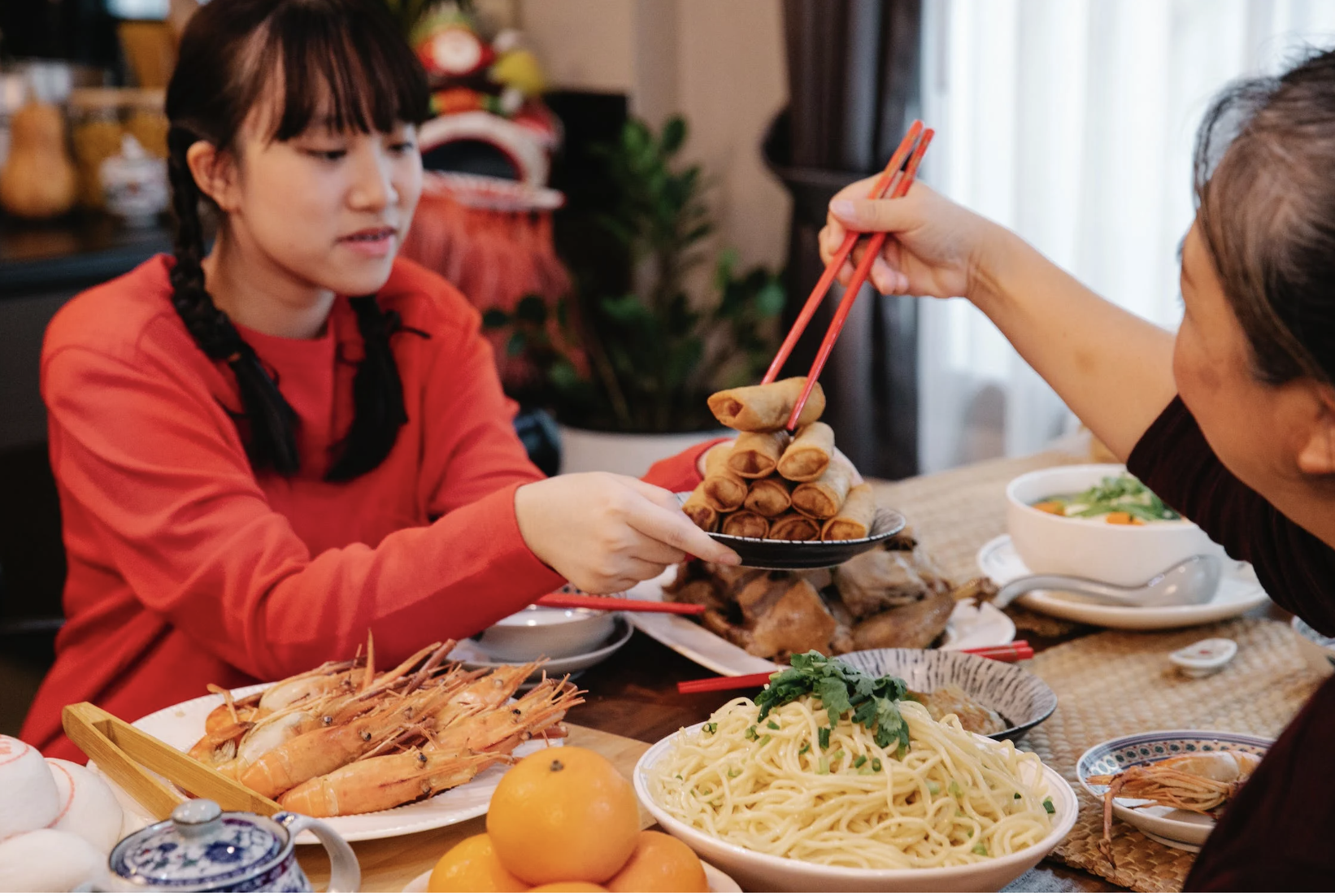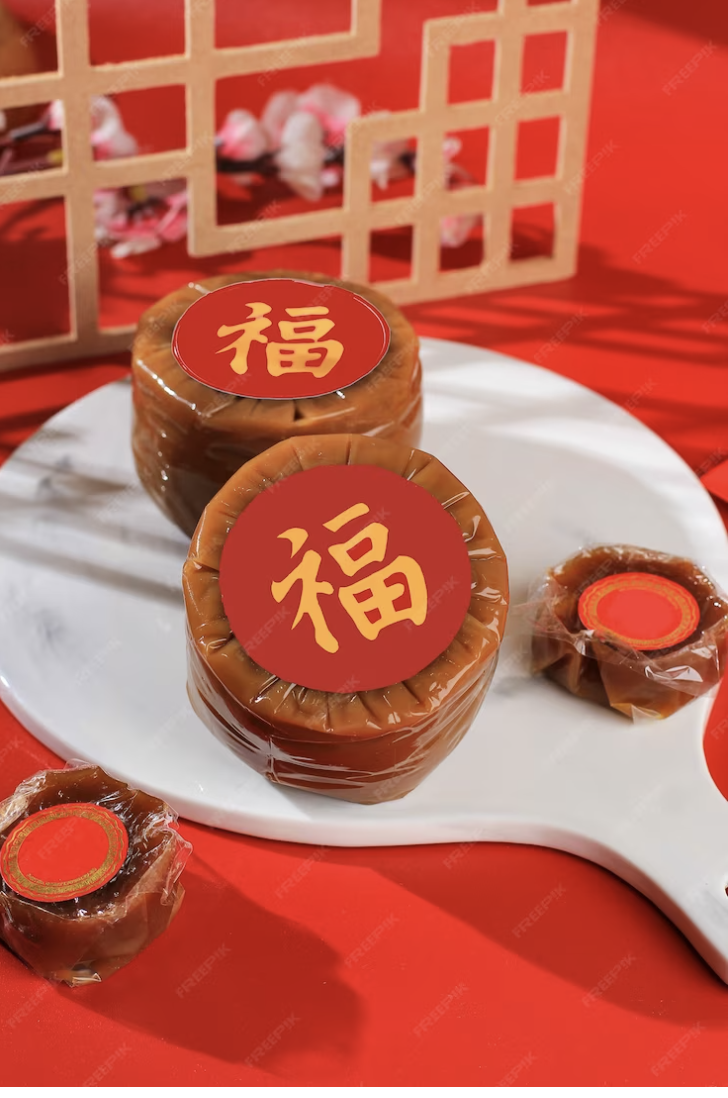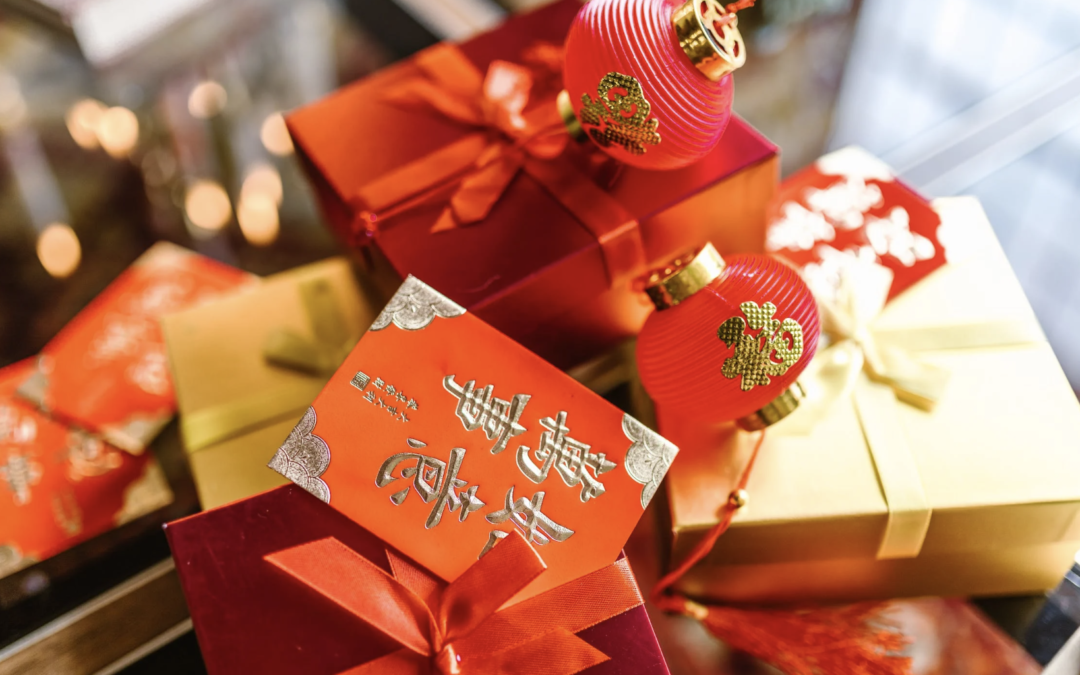
The Lunar New Year has always been the most important holiday of the year for the Filipino-Chinese community in the Philippines.
Lasting two weeks, the celebration includes dancing lions to attract prosperity and wisdom, the giving of red envelopes called ang pao with lucky money inside for wealth, the lighting of fireworks to welcome the new year, and of course, a sumptuous feast.
Consisting of traditional staples symbolizing togetherness and good fortune, these culinary staples can be a healthy way to welcome the Year of the Dragon.
Double-Boiled Soups
Double-boiling is a popular cooking technique among the Chinese, usually preferred for making flavorful, nourishing soups. The Chinese love eating herbal soups believed to strengthen immunity, detoxify the body, and balance the qi.
Used for preparing delicate food such as bird’s nest soup and shark’s fin soup, double-boiling involves covering food with water and putting it in a covered ceramic jar, with the jar steamed for several hours. This is done to coax the delicate flavors of the ingredients, ensuring the soup retains its essence – taste, healing properties, nutrient value, and moisture.

Dumplings
Whether steamed, boiled, pan-fried, or deep-fried, dumplings are delicious staples for any Filipino-Chinese table. In Chinese culture, dumplings are not just culinary staples, they signify wealth and prosperity with their shape resembling pieces of gold and silver.
Welcome the Lunar New Year by preparing and partaking in dumplings. To make them healthier, use leaner meat and more veggies as fillings, and steaming instead of frying to eliminate the unnecessary oil. Tamari can also be used instead of the table soy sauce for the dumpling sauce to avoid gluten.
Longevity Noodles
Longevity noodles are a popular Lunar New Year Dish. One cannot celebrate the New Year without a sampling of this dish. Why? It is believed eating noodles can help ensure a long and prosperous life. You may have also heard that it’s not appropriate– for the chef and diner, to cut the noodles. The longer the noodle, the healthier life you’ll have.
Longevity noodles are made from Cantonese egg wheat strands, making it starchy and carbohydrate-dense. For a healthier take, try substituting it with shirataki noodles for a zero-calorie option, or 100 percent buckwheat soba noodles for a nutrient-dense, protein and fiber-rich option. If you’re preparing the noodles yourself, stir in as much vegetables as possible.

Hot Pot
The hot pot is as much a delicious culinary delight as a communal or family bonding. During the Lunar New Year, the whole family gathers around a steaming pot of broth and throws in slices of beef and pork, and pieces of seafood and vegetables. Through the hot pot, the family cooks and eats together.
Once cooked, the family can place the soup in individual bowls, slurping and sipping with content. There’s a dipping sauce for the meat and veggies to dunk in for more flavor, including chili oil.
One can easily practice Keto or Paleo diets with a hot pot. To make healthier choices, one can opt for leaner cuts of meat and seafood, instead of processed balls. Make the meal nutrient-dense by adding mushrooms, tofu, and leafy greens.
Whole Fish
In every Lunar New Year celebration, a whole fish is the much-awaited centerpiece, often the grand finale of the feast. The fish symbolizes abundance for the Chinese, who believe eating it will bring about more than enough material wealth for the coming year. Don’t forget the head and the tail, these are a must for the fish, so the fish can swim back.
As it happens, it is also the healthiest dish – one can never go wrong with steamed fish, flavored with light soy sauce, ginger, spring onions, and chili. Fish as a protein option is low-fat compared to meat, and filled with omega-3 fatty acids and vitamins such as D and B2 (riboflavin.) The fish used is commonly snapper fish, Crucian carp, Chinese mud carp, or Chinese catfish during the Lunar New Year.

Tang yuan (sweet rice balls)
These chewy, glutinous desserts are not only staples during the Lunar New Year, but also symbolize family reunion and togetherness. Tangyuan are basically chewy balls made from water and glutinous rice flour, served either deep dried or in hot broth or syrup. Inside the balls, they’re usually stuffed with savory or sweet fillings like sesame paste, chopped nuts, or preserves.
Since it’s a dessert, tang yuan must be eaten with moderation. Refined sugar used in the syrup can also be replaced with a natural sweetener such as honey.
The warm broth surrounding the balls can be infused with the essence of ginger, regarded as a warming food in Chinese medicine, and also aids in digestion.
For a healthy take, try this What to Cook recipe of tangyuan, with black sesame filling in sweet ginger broth: https://whattocooktoday.com/tang-yuan-black-sesame.html
Nian Gao (New Year Cake)
For ringing in luck, look no further than nian gao. This rice cake treat has the same pronunciation as the Chinese word for tall or high, meaning an aspiration for the year to be better. There are countless varieties of nian gao in regions across China, but suffice to say most of these are sweet. For a healthier take, one can lessen the sweetness, and opt for baked or steamed instead of fried.. Healthful ingredients added in include chestnuts, lotus leaves, red bean paste or mashed jujube.
Healthier Dining
Indeed, this is the time of the year when everyone’s brimming with excitement, enjoy reunions with loved ones, and of course, eat to their heart’s content. But by paying attention to what you’re eating and practicing mindfulness, you can still enjoy the festivities while taking care of your health.
Take note of these healthy tips:
- Swap healthier alternatives for ingredients. Strive for using less oil and less sugar in general.
- Plan to have a balanced Lunar New Year Meal with less salt and less sodium.
- Incorporate vegetables in the dishes as much as you can.
- If you are dining out, read the menu carefully and don’t shy away from asking the chefs to adjust the sugar, salt, and oil content of the foods you ordered.
Kung hei fat choi!
Tags
References:



0 Comments